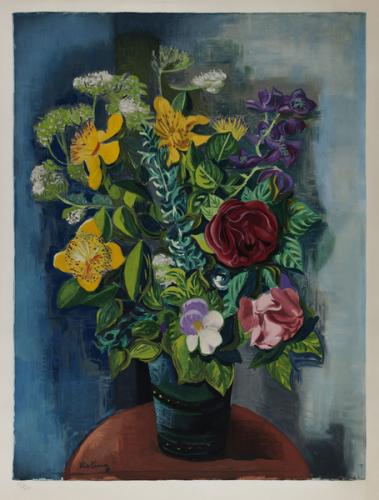
One of the most acclaimed novellas of all time is one many people have never heard of. Black Water, by Joyce Carol Oates, was published in 1992 and was nominated for a Pulitzer Prize, but it is relatively unknown.
It’s loosely based on the incident in which Ted Kennedy’s car plunged into a body of water carrying a young woman who passed away. In Black Water, the man is identified only as The Senator walks away from the accident and the protagonist’s underwater thoughts are the focus of the novel.
Actually, neither the events of the novella nor its historical background are the point of it. It’s a masterpiece of writing, and that’s why I’d bring attention of aspiring novella writers to it. It uses very effectively two literary techniques.
The first technique is that the events are not told in a linear fashion. In other words, the first of the novella doesn’t give background to the accident, followed by the event and its aftermath. There’s no traditional three-part novelistic structure here at all. Instead, through multiple, detailed hallucinations, the story is retold so that it seems that the girl will be rescued, or that the preceding events have been misunderstood.
While Oates is masterful at presenting different versions of the story, she is honest. By using one phrase over and over, “As the black water filled her lungs, and she died,” each heartbreaking passage raises the hopes of the reader that perhaps the next time, the protagonist won’t die. By the time the phrase occurs the last time, its effect is devastating.
For readers and aspiring writers of novellas, I highly recommend this book. You will never forget it. (In fact, the audio version of it, which I listened to, was named by the New York Times as the best audiobook ever recorded to date.)
Repetition also can serve in another way in a novella as a literary device. In The Mona Lisa Mirror Mystery, the protagonist travels through time from her 21st century home in Santa Fe to Renaissance Florence, Italy. The first time that happens, the transference from one time to another is accompanied by the word “whoosh.” Later, though, just the word “whoosh” is shorthand for time travel, and the reader doesn’t have to be told again that the scene and time have changed.
What other works of fiction have you read which used repetition of a word or phrase effectively?
Latayne C. Scott is the author of over two dozen books published by Christian publishers. Her Mona Lisa Mirror Mystery, from Cruciform Press, is the first installment in the “Into the Art” novella series. Recently her novel, A Conspiracy of Breath (TSU Press), won three international literary awards.